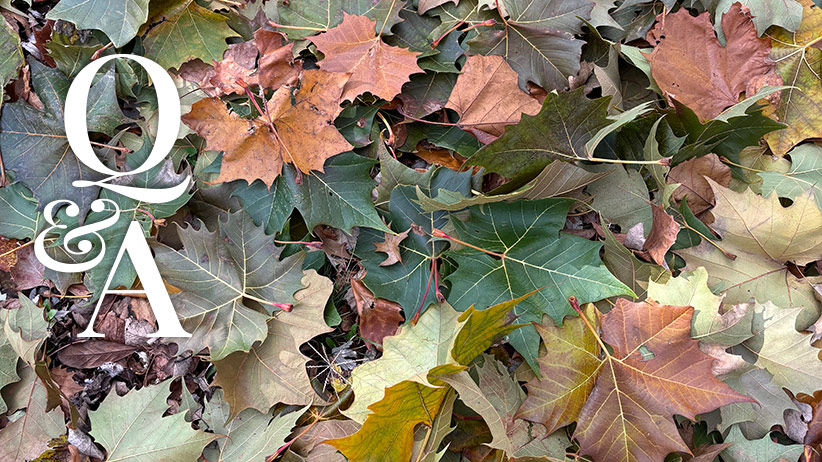Most people don’t think twice about the quality of their soil before planting a garden. But if you want your plants to thrive, it’s important to test your soil regularly and adjust your gardening practices accordingly. Here’s why you should test your soil before planting anything and how to go about doing it.
THE BENEFITS OF TESTING YOUR SOIL
Testing your soil can offer you a number of advantages when gardening. First, it helps you determine what nutrients are available for plants to uptake. This information can be used to amend the soil to ensure that plants have the proper nutrients they need to grow. Second, soil testing can help you identify drainage and compaction issues that could prevent plant roots from getting the air and water they need. Finally, soil testing can give you an indication of what pH level is optimal for the plants you want to grow.
DIFFERENT WAYS TO TEST SOIL
There are a few different ways to test your soil. The most common method is to purchase a soil tester kit from a garden center or online retailer. These kits typically include a pH test, as well as tests for nitrogen, phosphorus, and potassium levels. Some kits also include tests for other elements, such as calcium, magnesium, and sulfur. You can also take a sample of your soil to a local cooperative extension office or another agricultural testing facility.
HOW TO INTERPRET YOUR SOIL TEST RESULTS
Once you have your soil test results, you’ll need to interpret them to figure out what they mean for your garden. The first thing to look at is the pH level. Most plants prefer a pH level between six and seven, but there are some that prefer a more acidic or alkaline environment. Once you know the ideal pH level for your plants, you can adjust the pH of your soil accordingly. The next thing to look at is the nutrient levels. If any of the nutrients are low, you can amend the soil with fertilizer or compost before planting.
WHAT TO DO IF YOUR SOIL TEST RESULTS AREN’T IDEAL
If your soil test results indicate that the pH level is too high or too low, you can adjust it by adding lime or sulfur to raise the pH, or peat moss or aluminum sulfate to lower the pH. If the nutrient levels are low, you can amend the soil with fertilizer or compost. For backyard gardens and fields, you can also consider planting cover crops, which add organic matter to the soil and improve its fertility over time.
THE BEST TIME OF THE YEAR TO TEST YOUR SOIL
The best time of year to test your soil is in the spring before you start planting. This will give you time to adjust the pH level and make changes if necessary. It’s also a good idea to test your soil every few years, even if you haven’t noticed any problems with your plants. That way, you can catch any hidden issues early on and take steps to correct them before they become serious and costly problems.
CONCLUSION
Now that you know all about the importance of testing your soil and how to go about doing it, there’s no excuse not to get out there and check the health of your own patch of earth. The benefits of healthy soil go beyond just producing pretty flowers or tasty fruits and vegetables — a well-balanced ecosystem starts with healthy soils. So don’t delay, test your soil today!
















